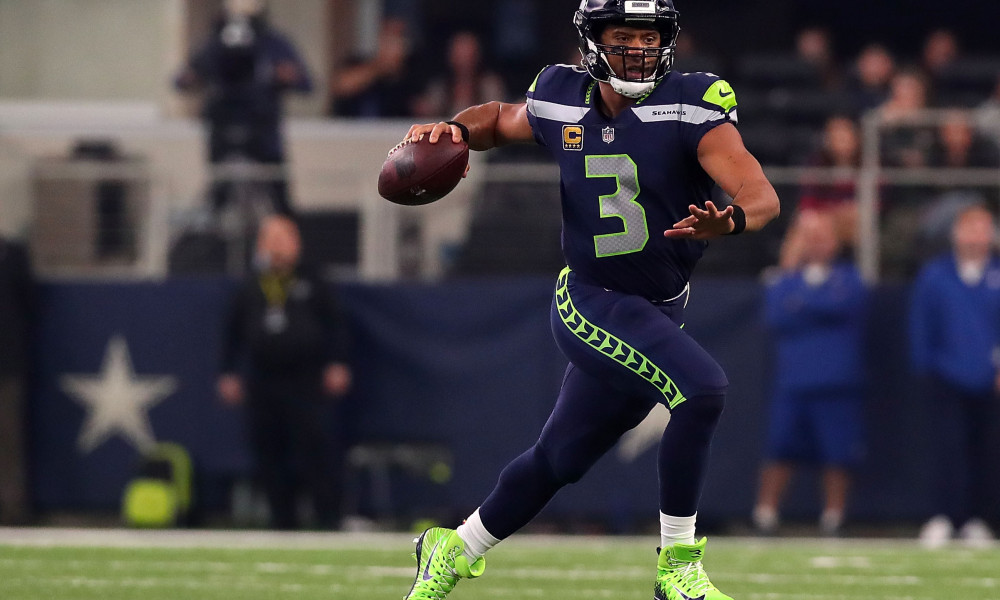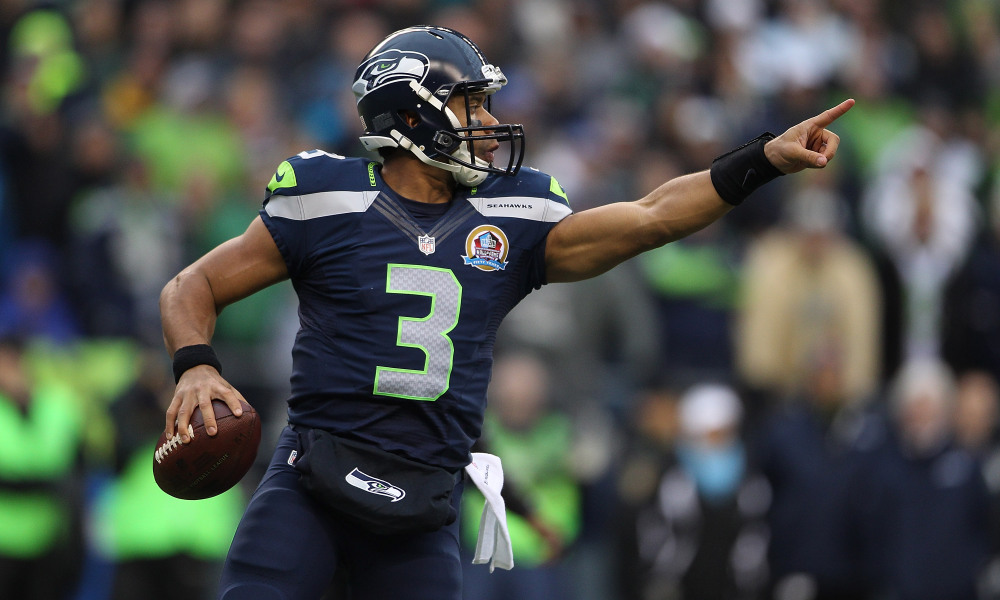
The NFL preseason has concluded with its inevitable fourth week of games. This was the season’s definitive high-stakes moment for budding rookies and aging veterans alike who are desperately competing for a precious spot on their respective 53-man rosters. But for fantasy football, all the key players are well established by now.
For those of us who play fantasy football, which is nearly 60 million people nowadays, it’s time to draft the most talented and highest-scoring players from across the NFL to our teams. For example, on our beloved Seattle Seahawks, Chris Carson, Tyler Lockett, and Russell Wilson should all be owned (in that order), with Rashad Penny, Jason Myers and the Hawks Defense being fine options as well.
The fantasy football draft is your most vital point in time to secure your principal roster and define your season’s trajectory. Because, while it’s often said that you can’t win your league in the draft, you absolutely can lose it by walking away with the wrong players.
With that in mind, let’s break down your fantasy football draft strategy, beginning with draft formats.
TALE OF TWO DRAFTS
Fantasy football leagues vary in hundreds of ways, like the number of teams, keepers, dynasty, scoring settings, and more. But every draft always has the same two goals: acquire great players, balance players to attain the best overall team. To that end, there are two main draft formats you’re likely to encounter: snake/rotisserie and auction.
A snake or rotisserie format is the classic draft you’ve seen in movies and heard about where teams are randomly assigned a number and the draft follows that number order, granting someone the first pick, another the second, and another the third, and on and on. The difference between “snake” and “rotisserie” comes when you get to the end of the numbers and the direction either reverses and starts counting back down to one like a snake slithering back and forth or it cycles back to the top of the order, and the person with the initial first pick picks again, like a rotisserie chicken revolving again and again in an oven.
The upside of either of these formats is that they’re simple and it’s easy for anyone (literally anyone) to draft a competitive team by just taking the highest ranked players on the board. Sure, you might miss out on those deep, deep sleepers, but a snake/rotisserie draft minimizes any research requirements and maximizes the luck of your random draft position. The downside is that the teams with the first few picks have access to the best players and those with the last few have a serious disadvantage of top talent to pick from. By the end of a snake draft, the league should be balanced overall (not the case with rotisserie drafts), but even so, it’s hard to overlook the most valuable players only being available to a few lucky teams at the top of the draft.
By comparison, an auction draft begins with everyone having an equal auction budget (unless you have keepers), and taking turns nominating players for bidding. Then, everyone in the league has the option to bid on the nominated player, going higher and higher, until a winner is determined, the player is drafted to a team, and the total cost is deduced from the remaining auction budget.
The upside of an auction draft is the inherent fairness of each team having equal access to every player. The playing field, so to speak, is completely level and if you want a specific player on your roster, you can outspend everyone to get him. Additionally, auction drafts empower each team to draft with intention, assembling their teams with strategy. The downside is that it’s far more complicated, requires a greater depth of understanding about which players are best, and it’s hard to research/plan/mock draft beforehand.
RUNNING AWAY WITH IT
While there’s no “wrong” way to draft your fantasy football team (it is fantasy after all), there are approaches that I have personally found to be more successful than not. And for me, it’s all about running backs.
Under typical scoring formats, running backs aren’t the highest scoring players (that would be quarterbacks) or the position with the shallowest talent pool (that would be tight ends), but running backs are second in both categories, making them ultra-valuable players to draft. That’s why I hyper focus on the running back position in my drafts, eagerly trying to secure good players in three distinct groups: starting workhorses, dynamic role-players, and high-upside handcuffs.
Starting workhorse RBs are the best-of-the-best and are usually drafted very early. They play almost every down, carrying and catching the football effectively and producing both yards and touchdowns. Think Saquan Barkley of the New York Giants or Christian McCafferey of the Carolina Panthers–both studs are considered among the top RBs this season because of their high volume and scoring.
Dynamic role players are capable of matching the elite numbers of the workhorses but often have other running backs cutting into their playing time or they’re only exceptional in a select section of the game–like Chris Carson sharing time with Rashaad Penny last year and losing out on 3rd downs/passing situations. These players usually go in the third, fourth, and fifth rounds of the draft. Please note that this season does look different, with Carson potentially leaping up to that high-end, workhorse level.
High-upside handcuffs are the risky gambles that might not pan out, but if/when they do, they’re league winners. These players are usually hidden behind a great starting RB and don’t have enough of a role yet to provide value. However, as the season progresses and physicality of the position takes its toll, these backups can leap into a featured role overnight, instantly bestowing the team who drafted them with a high-value player to play or trade that didn’t cost them anything in the draft–which is why these players are usually taken at the end of the draft. Also, if you draft an elite workhorse, it’s wise to also draft their backup (if they’re good) to ensure that any injury doesn’t derail your entire season.
If you are knee-deep in fantasy football draft preparations, I encourage you to know which draft format you’ll be working with and to develop a strategy about how you want to structure your team. Obviously, I strongly urge you to draft running backs, but no matter how you prioritize your picks, try to remember the two universal goals of every draft: acquire great players and balance players to create the best overall team.
If you’ve achieved both, you’ve already won the draft. The regular season might not pan out, but you can feel proud of drafting well and fielding a competitive team.




